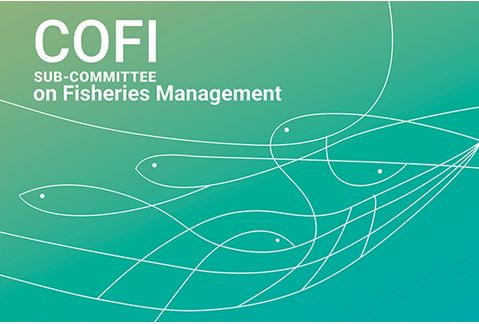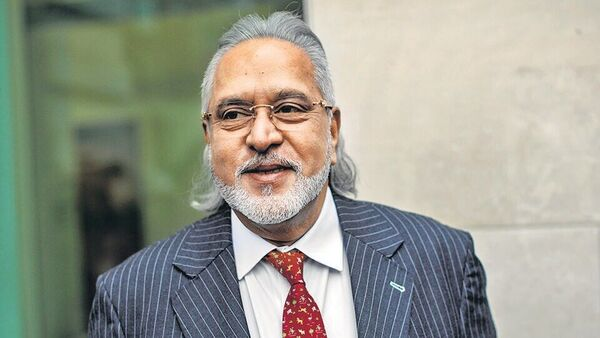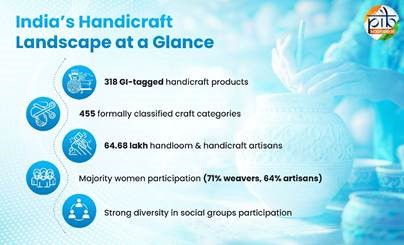




Copyright infringement not intended
Picture Courtesy: www.fao.org
Context: The election of India as the Vice Chair of the Food and Agriculture Organization (FAO) COFI Sub-Committee on Fisheries Management is a significant development in the international arena.
Details
FAO’s Committee on Fisheries (COFI)
Establishment and Structure
Functions
Sub-Committee on Fisheries Management
Collaboration with Other Sub-Committees
|
Key Facts about FAO ●FAO is a specialized agency of the United Nations with a mandate to lead international efforts in defeating hunger and improving nutrition and food security. ●FAO has 195 member countries, including 194 countries and the European Union, reflecting a broad international collaboration. ●The primary goal of FAO is to achieve food security for all, ensuring that people have regular access to enough high-quality food to lead active and healthy lives. ●FAO works in conjunction with other UN agencies, including the World Food Programme (WFP) and the International Fund for Agricultural Development (IFAD), forming a collaborative network to address global food-related challenges. ●FAO's headquarters are located in Rome, Italy, making it a central hub for coordinating international efforts in agriculture, fisheries, and food security. ●FAO regularly publishes key reports such as The State of the World's Forests (SOFO), The State of World Fisheries and Aquaculture (SOFIA), The State of Agricultural Commodity Markets (SOCO), and The State of Food Security and Nutrition in the World (SOFI). These reports serve as valuable resources for policymakers and researchers. |
Conclusion
Must Read Articles:
FISHERIES SECTOR IN INDIA: https://www.iasgyan.in/daily-current-affairs/fisheries-sector-in-india-23
|
PRACTICE QUESTION Q. The fisheries sector provides critical livelihoods and food security for millions of Indians. How can the government ensure equitable benefits for fishing communities, including small-scale fishers and marginalized groups? |







© 2025 iasgyan. All right reserved